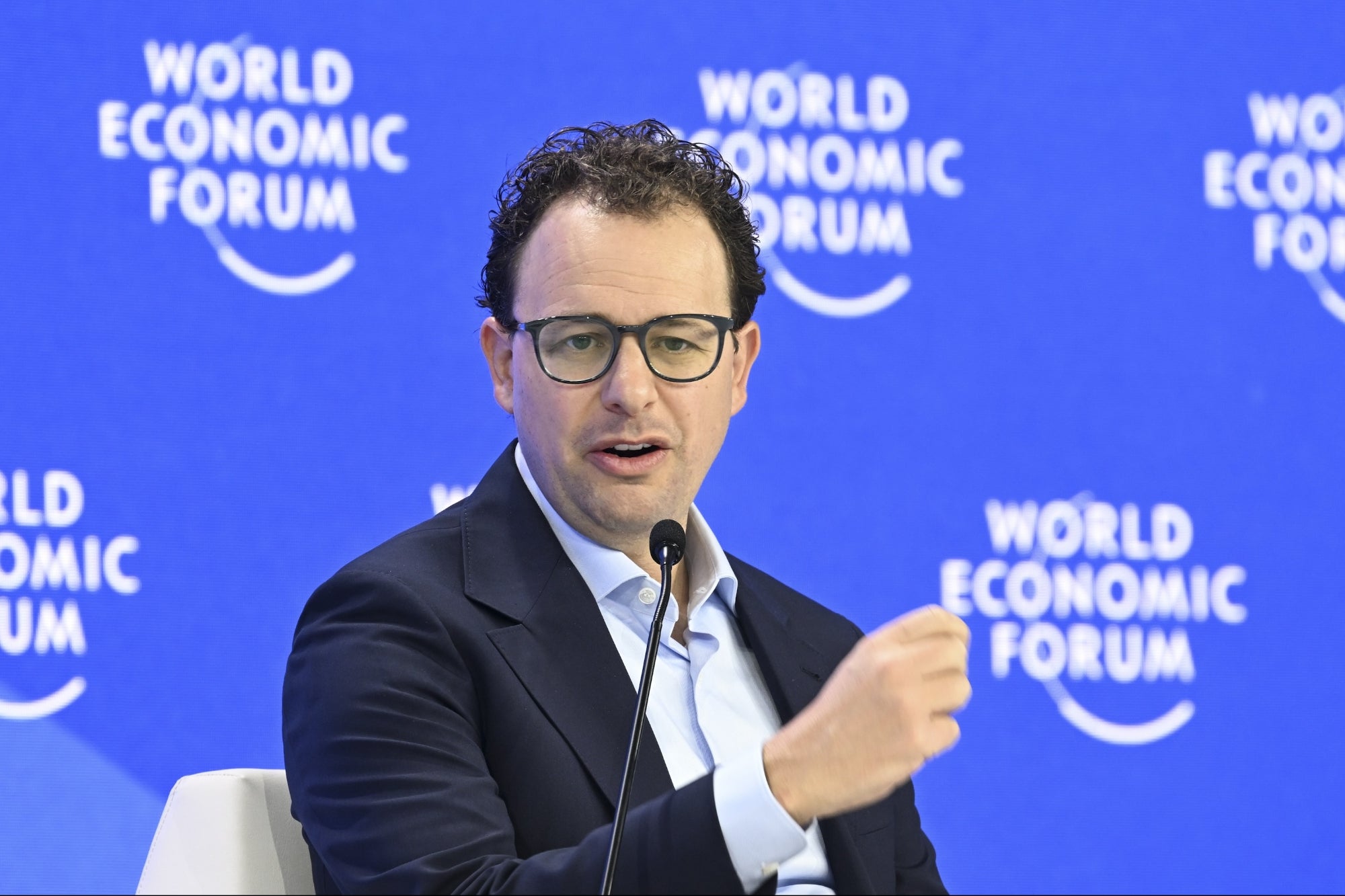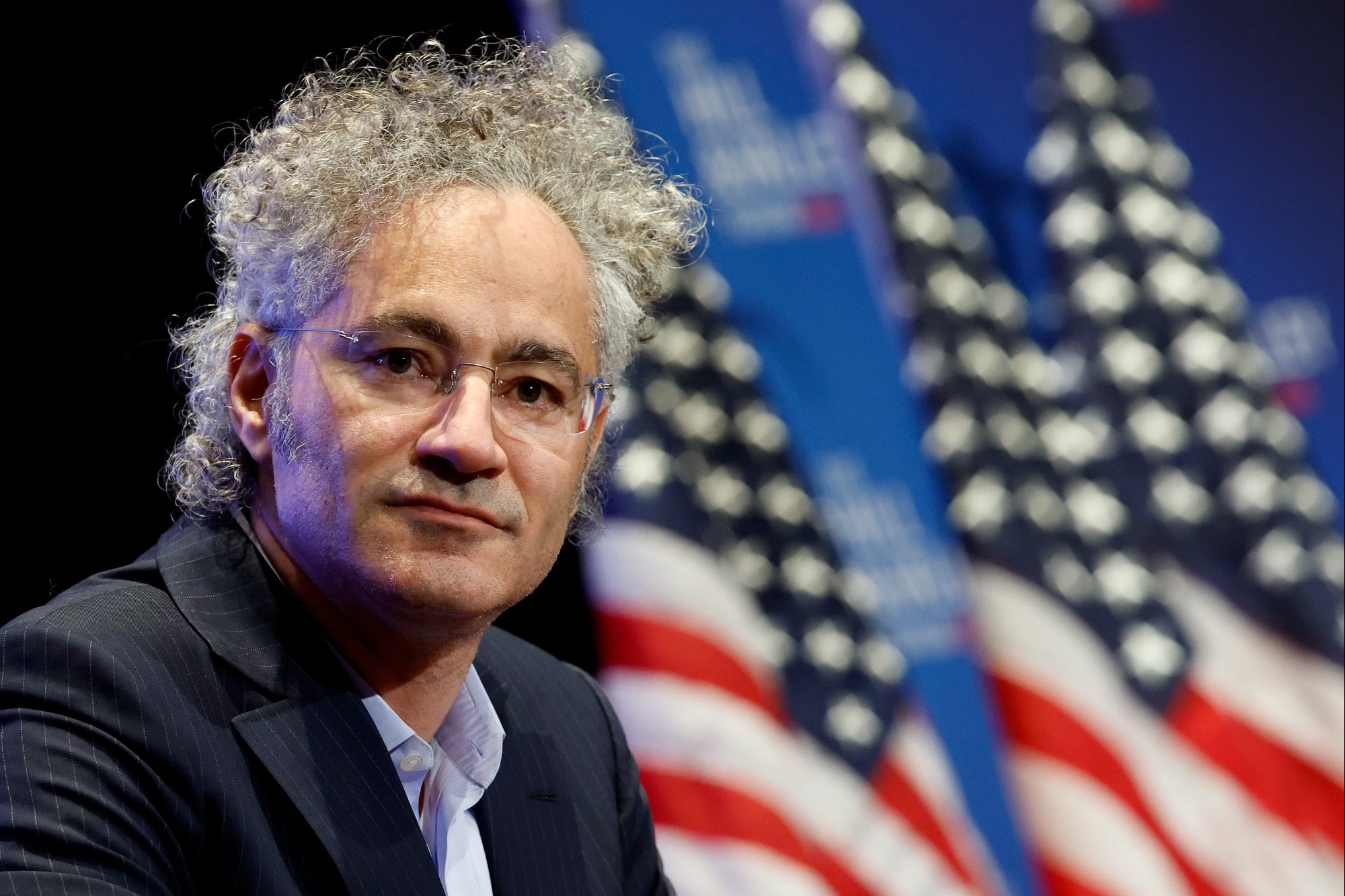Brand During a Startup's Infancy for Maximum Impact Creating a marketing identity in the company's early stages results in built-in guidelines for managing the strategic direction of the product and the firm.
Opinions expressed by BIZ Experiences contributors are their own.

One of the most common questions BIZ Experiencess ask is how to build their brand. The short answer? Tell your brand's story in a way that resonates with your audience.
A successful marketing strategy should answer three main questions: What is your brand? How does your brand fit into its industry's future? Why should anyone care?
People often think that branding ideally comes after a company has built its product and that developing the identity of a company should be secondary.
Related: How to Position a Brand for Breakthrough Success
But the creation of a marketing identity during a company's infancy can result in having built-in guidelines for managing the strategic direction of its product and the firm. The process of designing a logo, website and marketing materials with a focus in mind can help BIZ Experiencess sharpen their concept and push them to truly uncover more about their company's identity. This will pay dividends when they pitch investors, market to potential customers and target key partners and can even help them improve the product. Here are three steps to follow:
1. Pick your brand's personality. In world of tech startups, BIZ Experiencess want to be seen as young, excited and energetic. They wear T-shirts and flip flops, have ping-pong tables in their offices and pepper their conversations with buzzwords like synergy.
But the things that define an BIZ Experiences as an individual shoud not necessarily define the company. He (or she) may be a mountain-climbing, BASE-jumping daredevil, but if the company is building an IT product to solve business scheduling problems, the BIZ Experiences's wild side isn't going to be what resonates with prospects.
Tesla is disrupting the auto industry by combining the social good of environmental awareness with the business objective of building a great car that people want. CEO Elon Musk regularly communicates with Tesla owners and followers to discuss important issues, emphasizing that his company is one connected to and driven by real needs. Tesla has one of the strongest brand identities in the auto sector because the face it presents to the world fits perfectly with its business model.
Related: Brand Like Your Company Really Matters
2. Define a bigger picture. The next key issue to consider is what the company wants to achieve and how to clearly communicate this vision. By defining the bigger picture goal, an BIZ Experiences can establish not just a product but also a brand that can evolve and grow within its industry and with its potential audience.
Airbnb has not just helped individuals find places to stay for vacation, it is aiming to completely change the way people view the travel industry -- and their own property. The company has transformed individuals' apartments into assets with earning potential. It didn't just offer a product; it disrupted an entire industry.
Ideally the vision should be bigger than the product -- and there is a broader impact to be considered for every product.
3. Why should consumers care? The last piece of the puzzle is considering how to communicate clearly about why people should care about what a company does. People need to not only associate a brand with a vertical but also understand how it's relevant and useful to their own situations.
One company that communicates this well is Expensify, a startup that provides easy payment solutions. Its team developed a rich brand around the phrase "expense reports that don't suck." It focused on alleviating the frustrations experienced by employees who file cumbersome expense reports. By speaking directly to those who felt this pain point the most (employees), Expensify influenced its target market (businesses). Expensify communicated its vision to the audience it wanted to influence, and by doing so, drove its business forward.
A brand doesn't need a clever turn of phrase to be effective. Having a clear and concise mission makes it very easy for an people to understand its utility in relation to their needs.










